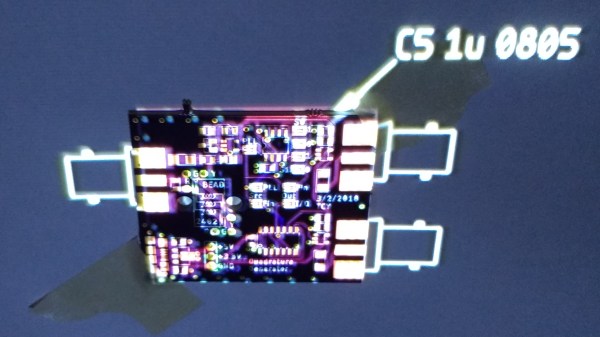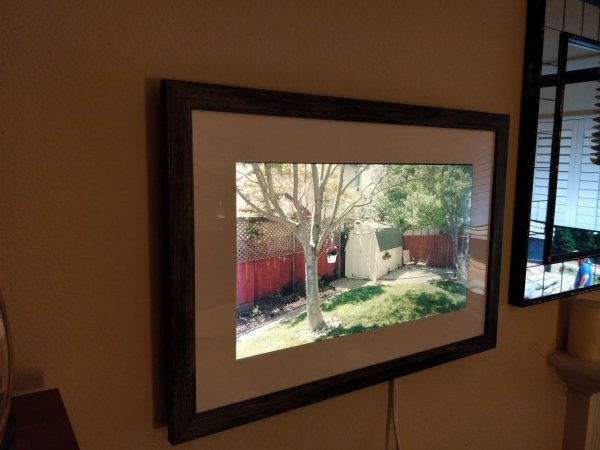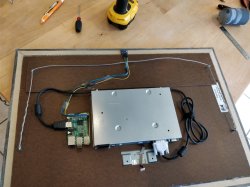[Ted Yapo] has big ideas for using Augmented Reality as a tool to enhance an electronics workbench. His concept uses a camera and projector system working together to detect objects on a workbench, and project information onto and around them. [Ted] envisions virtual displays from DMMs, oscilloscopes, logic analyzers, and other instruments projected onto a convenient place on the actual work area, removing the need to glance back and forth between tools and the instrument display. That’s only the beginning, however. A good camera and projector system could read barcodes on component bags to track inventory, guide manual PCB assembly by projecting which components go where, display reference data, and more.
An open-sourced, accessible machine vision system working in tandem with a projector would open a lot of doors. Fortunately [Ted] has prior experience in this area, having previously written the computer vision code for room-scale dynamic projection environments. That’s solid experience that he can apply to designing a workbench-scale system as his entry for The Hackaday Prize.























